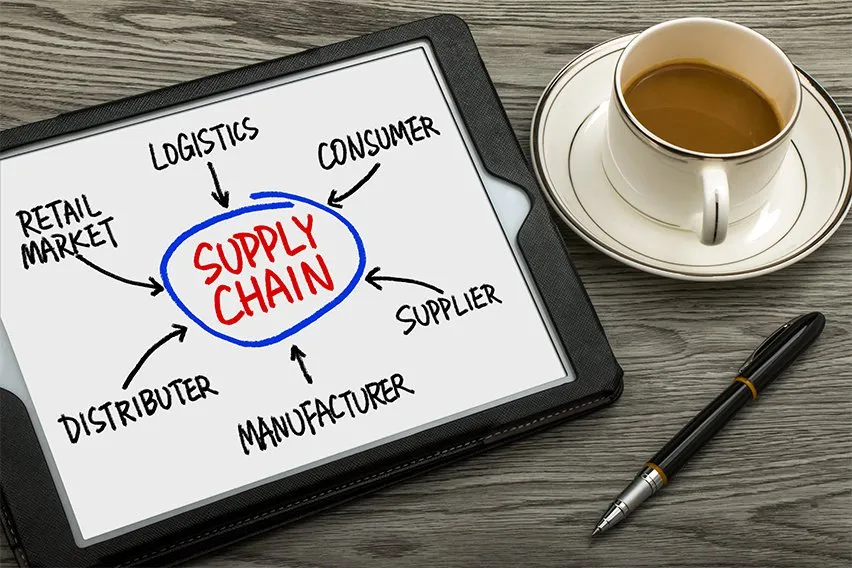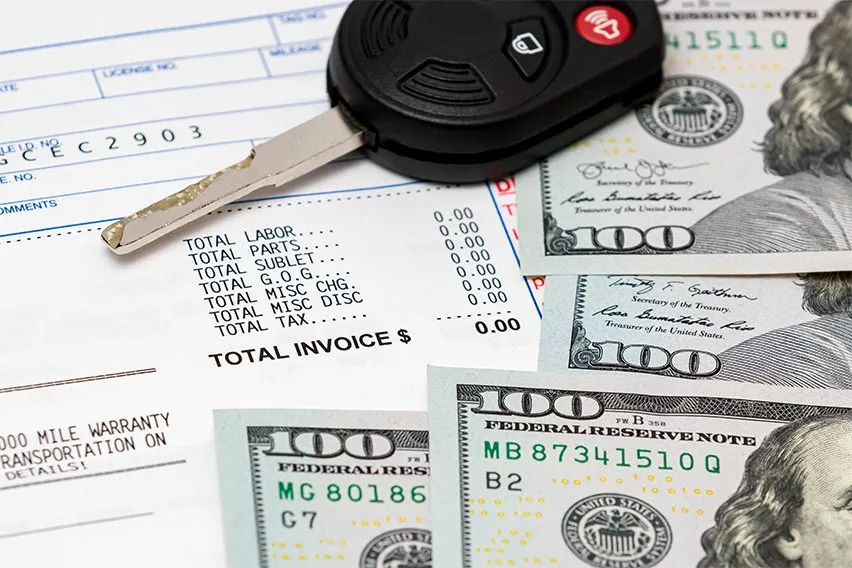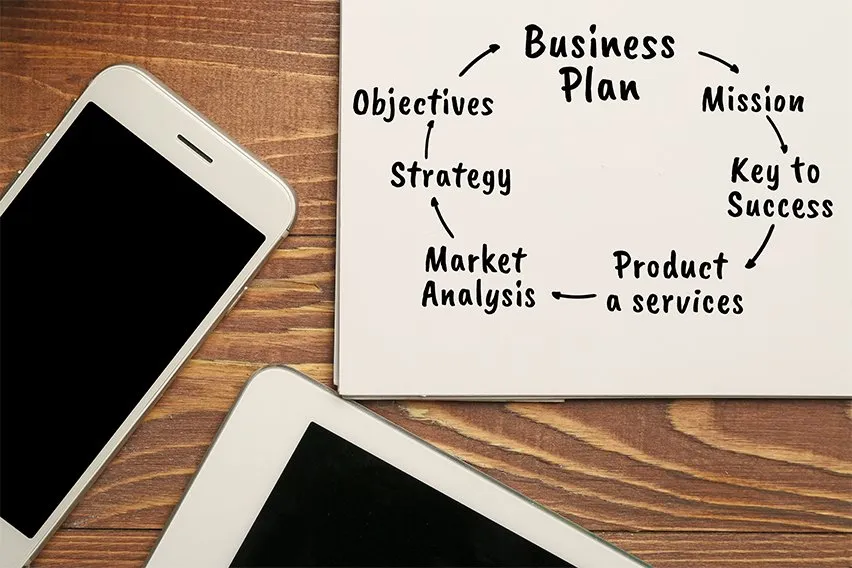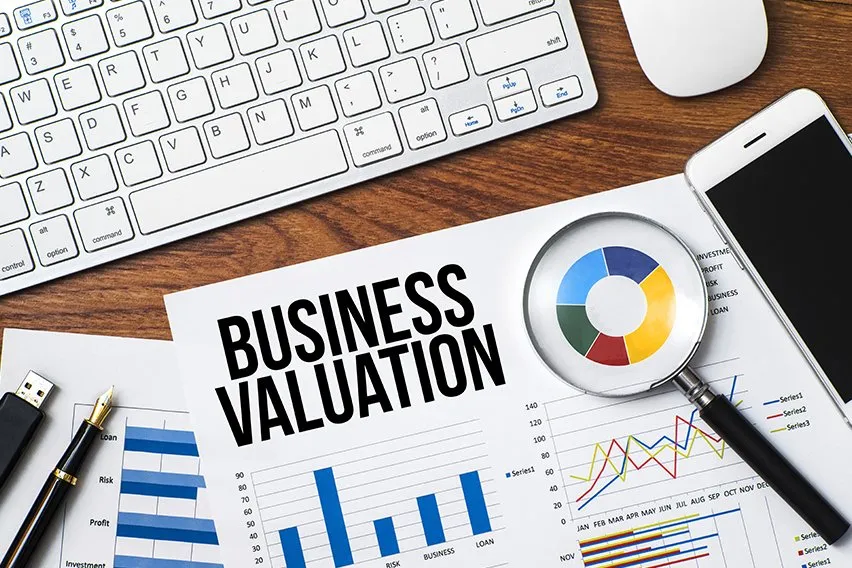Self-Employed Vs Employee: What’s the Difference?

There are pros and cons to being both self-employed and an employee. You might just be starting out in your career and are trying to figure out which direction will work best for you. Or, you might be weighing the options between hiring a full-time employee or a self-employed contractor.
Hiring new staff is an exciting opportunity to grow your business, but it can also come with additional responsibilities. One of the first things you’re going to do in this situation is classify your new hires as either an employee or self-employed. This will create some changes when it comes to completing paperwork or accounting records.
Being able to properly categorize employment status will help make sure you’re complying with laws and regulations. If you don’t follow the right rules, it could have some negative consequences. So, what are the main differences between being self-employed vs employee?
Let’s take a closer look and see how you can continue to keep your business running as smoothly as possible.
Here’s What We’ll Cover:
Why You Should Classify Your Employees
What’s the Difference Between Being Self-Employed and an Employee?
Are There Differences in Quebec?
Pros and Cons of Hiring Someone Who Is Self-Employed
Pros and Cons of Hiring Employees
Required Records When You Hire an Employee
Why You Should Classify Your Employees
You might only have full-time and part-time employees. Or you might regularly hire self-employed contractors. Whatever it is, classifying your employees properly is incredibly important. Doing this right will directly impact certain areas of your business.
If someone is an employee of your company or self-employed will directly impact certain employee benefits they’re entitled to. Not classifying your employees properly can lead to financial penalties.
For example, let’s say that you should classify someone as an employee. But, you don’t withhold their Employment Insurance (EI) or their Canada Pension Plan (CPP) contributions. If this happens, you will have to pay those specific amounts and you might owe interest and other penalties.
On the flip side, if you correctly classify that employee and take out the proper deductions, you will comply with the rules. This means that your business will stay in compliance and your business expenses can get reduced by not paying extra fees.

What’s the Difference Between Being Self-Employed and an Employee?
Businesses can have a mix of different types of employees and it’s all going to depend on the type of business that you do. Some will only have full-time employees. Others will have a mix of part-time and full-time. And others will hire self-employed contractors when needed. But, sometimes it can be difficult to understand if your new hire is an employee or is self-employed.
The Canada Revenue Agency (CRA) has a two-step process to help you identify whether or not a worker is self-employed or an employee. Step 1 is to ask the intention of the arrangement when the two parties enter into it. Step 2 is to ask questions regarding some specific factors.
Let’s look at the first step. What’s the intention of the arrangement? Is it going to be an employee-employer relationship where there’s a contract of service? Or is it more of a business relationship where you need to hire contractors for the services they provide? Asking yourself these questions can be a great place to start to figure out the right employee classification.
Now, let’s look at the second step. Some of these factors can include firing out who is going to have control over the activities. You can also look into factors such as who will provide the tools, financial risks and options for subcontract work, among others.
Qualifications for Being Self-Employed
In Canada, there are certain qualifications a person needs to meet to get classified as self-employed. They can include:
- They are operating as a business
- They have a business relationship with you as a business owner
- There is more financial risk when it comes to the potential for a loss
- There’s greater profit potential compared to that of an employee
- They have the choice if they want to accept work from you or not
- They perform duties that might not be as integral to your business operations
- There’s an option to hire subcontractors to handle the majority of the work
- They have more independence compared to what an employee might have
- They supply and maintain their own tools and equipment
- There are ongoing expenses that don’t get reimbursed
- They market their services and have the option to accept work from other companies
- They get hired for a specific task or project, rather than an ongoing relationship
Qualifications for Being an Employee
Similar to being self-employed, certain signs can help you identify if someone should get classified as an employee. They can include:
- They take direction from you and have less independence compared to someone who is self-employed
- They handle any work as it gets assigned by you
- They can’t subcontract the work that they’re given or refuse to do the work
- There are no real financial risks to an employee
- They can have expenses reimbursed as long as they’re associated with their job
- There are no regular or ongoing operating expenses
- The relationship is ongoing and there are continual job duties
- Their tasks and responsibilities aren’t tied to just one project
Are There Differences in Quebec?
While classifying your employees in most of Canada is a two-step process, Quebec uses three steps. Step 1 is to determine the intent of both parties at the beginning of the arrangement. Step 2 is to use the Civil Code of Quebec to distinguish between an employee and someone who is self-employed. Step 3 is to compare the control a worker has compared to the payer.
The first step is to determine if it’s an employer-employee relationship or a contract for services. The second step involves three main factors. Which are completing the work, remuneration and relationship of subordination. Completing the work is the same if it’s an employee-employer relationship or a business relationship.
In Quebec, an employee will typically:
- Follow instructions from the payer for how to complete the work and the right method to use
- Work based on the schedule that you create
- Follow certain absence policies
- Might face disciplinary actions if they don’t meet certain quality standards
- Complete the work themselves instead of a subcontractor or assistant
- Work for one single employer
- Receive training opportunities
In Quebec, someone who is self-employed will typically:
- Work how they want, when they want and where they want
- Work for more than one employer at the same time
- Work remotely instead of in a physical office location
- Decide whether or not they want to accept the work that’s offered
- Have less subordination and continuity in the business relationship
The third and final step is to determine the intention of the parties with what is actually happening. For example, the primary intention is an employee-employer relationship. But what’s happening is more in line with self-employment. If that’s the case, Quebec might decide that the person isn’t actually an employee.
Pros and Cons of Hiring Someone Who Is Self-Employed
There are several small businesses that outsource work to self-employed freelancers. It can be a more affordable way to get certain work done instead of hiring a full-time staff member. Plus, onboarding a freelancer is quicker and easier.
Here are some of the biggest pros and cons to hiring someone who is self-employed.
Pros
- Less processing time. Things like income taxes, CPP contributions and EI are all taken care of by the self-employed person. This means you can cut out any processing times. You would just pay the agreed-upon rate without having the need to deduct income taxes or other contributions.
- They pay their own taxes. Self-employed people file their business taxes with their personal income taxes. They also pay CPP contributions themselves and have the option to participate in EI if they want to. If they do, then they would handle all of their costs and processing themselves.
- Payroll processing becomes more efficient. You can eliminate the responsibility of deducting taxes so your payroll processing won’t be as time-consuming.
- Less maintenance and overhead costs. When you hire a freelancer, they will most likely have their own tools and equipment to complete the work. This means that you won’t have to maintain those items and you can spend less on upkeep.
- Lower operational costs. Since most independent contractors don’t qualify for overtime, your costs can stay low and under control.
- It’s easier to end a relationship. You might decide to end a relationship if the quality of work isn’t up to standards or you don’t need the contractor’s services any longer. It’s much easier to do this with someone who is self-employed compared to an employee. You won’t have to pay any severance if a contractor doesn’t fulfil their contractual obligation.
Cons
- You have less control. When you hire a self-employed worker, they are going to have more control over the work. You can outline the responsibilities and assign certain tasks, but the contractor can decide how the tasks get completed.
- They can subcontract work. An independent contractor is able to subcontract some of their work. If this happens, it can make it more difficult to stay on top of what’s happening.
- They might work for multiple other businesses. Since a freelancer operates their own business, they can work for multiple companies at the same time. If this happens, it means that they might get stretched thin or their focus won’t be dedicated to the work you hired them for.
- It can be difficult to find someone for long-term projects. Freelancers are always moving around and searching for new opportunities. This means that it can be more difficult to find an independent contractor for a longer project or multiple duties. For example, the person you have been working with previously might not be available the next time you need to outsource work.
Pros and Cons of Hiring Employees
Just like hiring some who is self-employed, hiring employees can also have a range of pros and cons. The biggest thing to keep in mind is what you’re actually hiring the person for.
Here are some of the biggest pros and cons to hiring employees.
Pros
- There’s a degree of control. Hiring an employee means that you outline all their tasks and responsibilities. You determine their pay, hours and any other duties that might get assigned to them.
- Employees can take on more. With a freelancer, you would hire them for a specific task or project. Employees are able to take on different roles, so if you suddenly need help in other areas of your business you can assign new tasks. This eliminates the need to have to search for and hire independent contracts every time you take on a new project.
- Training and education. You can require your employees to take certain training or educational programs. This allows you to outline your business standards and train your workers to follow the procedures you have outlined. Plus, you can cross-train your employees to take on other responsibilities where needed.
- Opportunity for advancement. An employee is going to have the potential to grow and advance within your business. This can be great motivation for them to complete their work to the best of their ability in order to get a promotion.
- Familiarity. Hiring employees means that they will understand the expectations you outline and will know how things operate. There won’t be a need to go over organizational hierarchy or procedures after they get hired.
Cons
Some of the cons to hiring employees will depend on your specific business situation. Time and money are the two biggest factors since you handle all the taxes and other contributions. Here are some of the financial obligations that you might be required to handle.
- Paying up to 50% of their Canada Pension Plan (CPP) contribution
- Vacation pay
- Overtime pay
- Health insurance
- Disability insurance
- If you terminate the employee there might be severance pay
- The cost of equipment and tools and their continued maintenance
- Reimbursement for work-related expenses
Employees are also more protected from termination compared to someone who is self-employed. This can make it more difficult for you to terminate employment for someone who is consistently performing poorly. Plus, you need to meet certain federal and provincial laws. These can include how much money you have to pay, how frequently you have to pay, working conditions and overtime requirements.

Required Records When You Hire an Employee
If you hire employees, whether they’re full-time or part-time, there are certain requirements to know about. Hiring an employee means that you need to take care of the following for them:
- Their Employment Insurance (EI) premiums
- Their Canada Pension Plan (CPP) contributions
- Withholding income taxes from remuneration
You’re also going to need to calculate and record the above amounts before you submit them to the Canada Revenue Agency (CRA). This is because there are certain employer payroll responsibilities you need to meet. To do this, you are going to need to:
- Register for a business number if you haven’t already
- Open a payroll account with the CRA
- Calculate all payroll deductions for CPP contributions, EI premiums and income taxes
- Remit all of those deductions on behalf of your employee
- Fill out and submit Form T4, which reports the income and deductions that you make on behalf of your employees
If you have several employees, you’re going to repeat those steps for each one. This might mean that your payroll processing takes longer. An independent contractor, on the other hand, will handle their own deductions.
Key Takeaways
There are going to be pros and cons to hiring an employee or someone who is self-employed. Some businesses are only going to have full-time and part-time employees. Where others might have a mix of employees and self-employed independent contractors. It’s all going to depend on the type of business that you operate and the products or services that you sell.
Hiring someone who is self-employed can be a great option for single projects or tasks that you need to outsource. You would outline what you wanted to get done and they would complete the work within the timeframe that was agreed upon. This can be a good option if you don’t have the capacity or expertise to handle payroll processing.
But, if you hire an employee, you are required to deduct any payroll taxes, such as income tax, EI premiums and CPP contributions. This can make payroll a little more in-depth and might require using accounting software or having a dedicated accountant. There are also several benefits to hiring an employee over an independent contractor.
You can build a level of trust and loyalty with your employees and provide them with opportunities for advancement. This can be a great motivator for an employee to do the best job they possibly can. A regular employee might also have a better understanding of all your internal processes and procedures.
When it comes to self-employed vs employee, there’s no one-size-fits-all. You need to determine what the best approach is for your business and what will benefit you most. Use the information that’s outlined in this article to help weigh the pros and cons of each.
Did you enjoy reading this guide? Head on over to our resource hub for more great content!
RELATED ARTICLES

 Supply Chain Planning: Process, Strategy & Benefits
Supply Chain Planning: Process, Strategy & Benefits Consignment Sales: What Is & How Does It Work?
Consignment Sales: What Is & How Does It Work? What Is Cost Breakdown Structure?
What Is Cost Breakdown Structure? 9 Essential Components of a Business Plan
9 Essential Components of a Business Plan Understanding the Top Business Valuation Methods
Understanding the Top Business Valuation Methods ASPE Vs IFRS: What’s the Difference?
ASPE Vs IFRS: What’s the Difference?